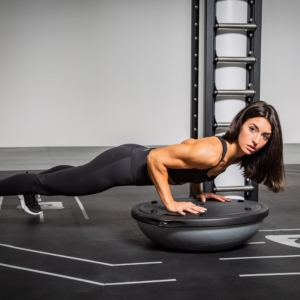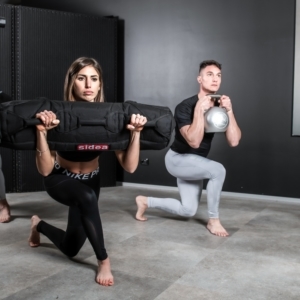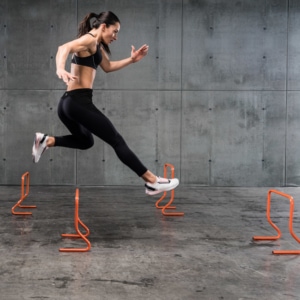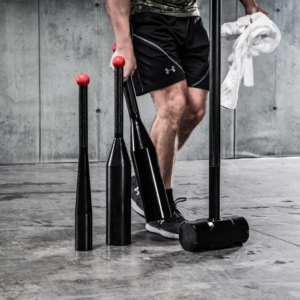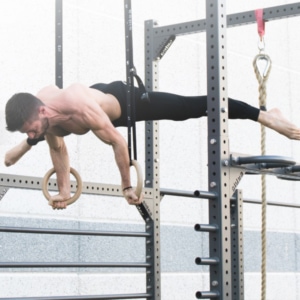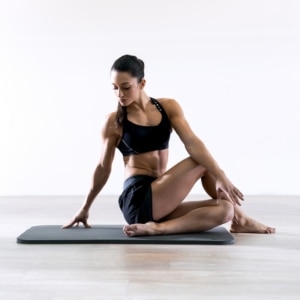
Strongman Bag
Pre-loaded bags specifically designed for strongman training in the gym.
8033-8041 Strongman Bag
Pre-loaded bags specifically designed for strongman training in the gym. These should not be confused with the uncomfortable and inefficient bags sold empty, to be filled with sand, and managed due to the inevitable dust spillage. The Strongman Bag 8033-8041 is a true training tool structured for indoor training of power, enduring strength, and mental toughness.
Available Models:
– Code 8033 Strongman Bag 30 kg
– Code 8035 Strongman Bag 40 kg
– Code 8037 Strongman Bag 60 kg
– Code 8039 Strongman Bag 80 kg
– Code 8041 Strongman Bag 100 kg
See also:
The Evolution of Strongman Bags
Strongman Bags are heavy-duty bags for athletic training and strongman exercises. Extremely durable and non-bouncing, they are exceptional for achieving high-performance levels through power training, particularly focusing on the strength component, essential in every sports discipline and skill. Between the late 1800s and early 1900s, a very particular discipline began to emerge; men performing spectacular feats by lifting extremely heavy loads. Such performances sparked awe and admiration, leading to competitions, federations, and these disciplines becoming recognized sports by the mid-20th century. Apart from competitions, it is interesting to note how some exercises from this sport are also adopted in modern athletic preparation and fitness through the use of Strongman medicine balls.
Strongman Bags are highly versatile tools for strength training, characterized by structural and surface features specifically designed for heavy weight and grip. The choice of this equipment by athletic trainers certainly occurs when the trained athlete reaches a high level of preparation. Exercises with Strongman Bags focus on power training, where the strength component is certainly primary but must be complemented by good proprioception and excellent lifting techniques. It involves a total, global workout, engaging all muscles and physical qualities. For instance, let’s explain the Atlas Lift and the backward throw of a heavy rubber medicine ball weighing 30, 50, 70, or even 100 Kg.
Exercise Example: Atlas Lift and Backward Throw
The athlete positions themselves in a squat with the medial malleoli next to the ball. The leg width will thus be slightly greater than the outer diameter of the ball. Using the inner part of the forearm, the athlete must wrap around the bag in this case, ensuring that the hands are well spread in line with the elbow, without interlocking the fingers.
With a movement guided by forearms and legs but involving all body muscles, the athlete must lift the ball over the knees, securing it. This phase, considered the most technical, then requires the athlete to adjust their grip and prepare for the key movement of the exercise: the lift. It’s about finding the “muscular connections” inside oneself capable of rolling the heavy ball across the body towards a shoulder through a global movement focused on the action of arms and legs. The action of the legs, after a concentric squat phase, ends with a complete thrust and full extension. The athlete then remains with the final part of the exercise, which involves pushing the ball behind the back.
Thus, we speak of a power exercise where the strength component is primary, indeed the weight lifted is primary, not the time taken in lifting, nor the speed of execution. This work is muscular but also centers on exercising all neuromotor capacities. In the explanation of the exercise, for example, it is emphasized how the handgrip represents an important detail. The grip stimulates essential nervous processes involving coordination and proprioception. This discussion could extend to every part of the body, consider the work of the feet (better if barefoot) in this type of exercise.
| Weight | N/A |
|---|---|
| peso | serie completa, 30Kg(cod. 8033), 40Kg(cod. 8035), 60Kg(cod. 8037), 80Kg(cod. 8039), 100Kg(cod. 8041) |

